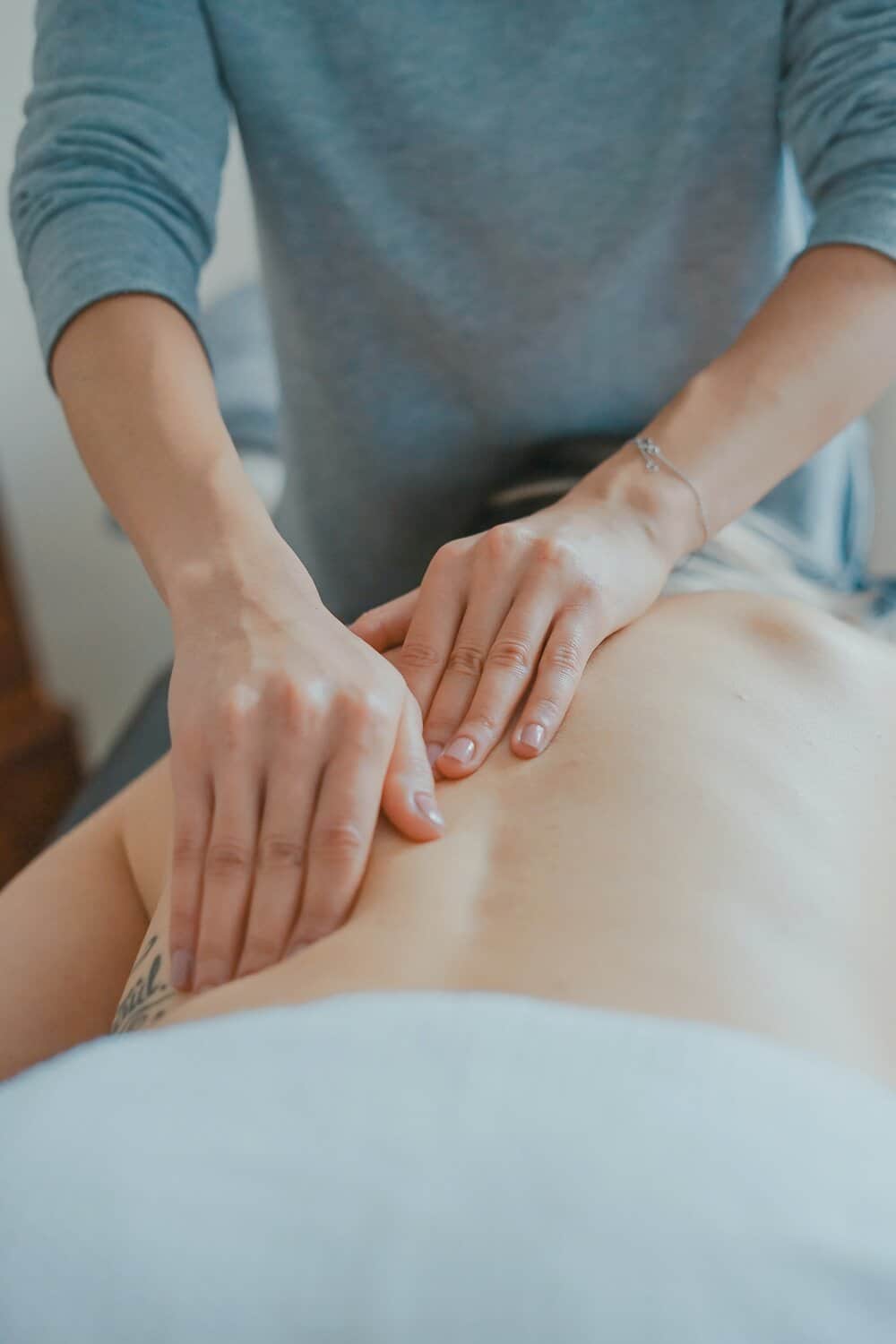By Tim Hanwell, Principal Osteopath and Director of IDD Therapy at Berkhamsted Osteopaths | UPDATED: 08:28, 06 May 2020
If you get out of bed one morning with a bit of back pain, the chances are you are unlikely to do anything about it initially.
Over time, if the pain persists, we are all likely to have taken these obvious steps:
-
Ignored it and hoped it would go away
-
Taken painkillers such as Ibuprofen and paracetamol
-
Sought stronger painkillers from the GP
-
Embarked on exercise such as Pilates, swimming and stretching
-
Alternated with hot and cold compresses
The hardest thing about that is that we are now possibly three or four weeks into the problem and there has been little relief from the pain, which can be depressing and debilitating.
Years ago, the advice for back pain sufferers was always complete bed rest, with painkillers, but over the years that has changed, and we now know that backs heal better when there is movement in the muscles and joints. However, when you’re in severe pain you’re unlikely to feel like moving around, so you do instinctively move less.
Helping yourself during lockdown
During lockdown there are still a number of self-help tips which you can follow to help yourself.
If you have an acute musculoskeletal injury, (where there has been a sudden onset of pain often due to a memorable incident and the injured area may feel hot and swollen) often placing an ice pack (wrapped in a towel to avoid ice burning the skin) on the injured area for 5 minutes and then removed for 5 minutes and repeat will help ease the pain.
If your symptoms are stiffer in nature with no memorable injury then movement and heat can often be beneficial. Taking anti-inflammatories or arnica could help improve your symptoms or rubbing gels and creams into the painful site might help too.
Since lockdown, we’ve seen an increased number of people suffering from pain due to poor posture whilst sitting at their PC/laptop at home. This is usually non-traumatic in nature but more of a repetitive nature causing neck, shoulder or arm pains.
Adjusting your workstation setup is usually a good starting point. Videocalls are available at www.thedsepartnership.co.uk. Try to avoid sitting for more than 45 minutes at a time and make sure you take your daily allowance of fresh air; this is not only beneficial for your musculoskeletal system but also for your mental well-being.

Simple stretches to help offset the hours of sitting are also beneficial, I recommend the cat/cow, pectoral stretches, hamstring, calf and hip flexor stretches.
There are plenty of free-to-view yoga websites if you are unsure of these techniques. Also remember that many osteopathic and physio clinics are still offering advice over the phone or video call during lockdown if you require one to one help.
Avoiding back pain caused by homeworking
-
Make sure your desk and chair are positioned correctly and in a comfortable position; that puts the least strain on your back.
-
Leave your desk every 45 minutes. Set a timer on your watch or screen saver to remind you to walk around and stretch.
-
Don’t be too efficient by trying to multi-task such as taking a toilet break and grabbing a glass of water on the way back. Take these as separate breaks and only fill a small glass so that you have to get up again – and again.
-
Have a sit/stand desk. People have been known to lose weight by making no other changes in their lives than this and it’s a good way to provide some variety for the lower back.
Once lockdown is over you can take additional steps to tackle your back pain if it persists.
Osteopath or a Physiotherapist
An osteopath will generally aim to stretch and loosen up the muscles and joints through mobilisation and manipulation while an NHS physiotherapist will tend to opt for a series of exercise-based treatments.
Steroid injections and surgery
These are a last resort that people reach out for when they have tried absolutely everything else.
Around 6 years ago I was in that hopeless position myself, in such terrible pain that I was considering surgery. People forget that osteopaths and physiotherapists often suffer back pain themselves due to the physical requirements of their work.
Whilst I was researching spinal surgery online, I discovered IDD Therapy, and I felt it could offer me the relief I was looking for. My pain had been caused by a compression injury and the decompression IDD Therapy offered made complete sense.
It was the best thing I ever did and I was so impressed I bought a machine for my own practice.
IDD Therapy
IDD is a computer-controlled treatment that helps decompress the specific spinal segment causing the pain.
Patients lie on a treatment couch where they are connected to a machine with a pelvic and a chest harness. The machine applies a gentle pulling force at a precise angle to take pressure off the targeted disc and to gently mobilise the joint and surrounding muscles.
What is unique is the angle of the stretch. Most of the time our bodies are pressed into the ground due to gravity. Nothing really stretches the spine like this does.
The goal is to relieve muscle spasm, and as the pain subsides therapists use gentle manual therapy to strengthen the back.
It is what your back has been crying out to do since it was injured. IDD is very clever, by adjusting the computer input we can place the epicentre of the pulling forces so they target the problematic area.
I have had people fall asleep during treatment as it is so relaxing and I have had patients weep with relief after treatment, admitting they had been sleeping in a chair for five years (as they couldn’t lie flat in a bed) or kneeling beside the bed all night because these have been the only comfortable positions for them.
Around three quarters of people with long-term back pain who come for IDD Therapy get better and many more see a marked improvement. IDD Therapy aims to reduce the back pain to the extent that it is either no longer present, or, at worst, is so mild that it has no detrimental effect on daily life.
When we get people out of pain and moving again, the aim is that they can get on with their lives and that reinforces the progress.
ABOUT THE AUTHOR
Tim Hanwell is the Principal Osteopath and Director of IDD Therapy at Berkhamsted Osteopaths and an osteopath at the London School of Economics Treatment Clinic in London.
IDD Therapy (Intervertebral Differential Dynamics) or is the fastest growing non-surgical spinal treatment for intervertebral discs with over 1,000 clinics worldwide and a network of clinics across the UK. http://iddtherapy.co.uk/
Facebook: IDD Therapy Europe
Twitter: https://twitter.com/IDDTherapyDisc
